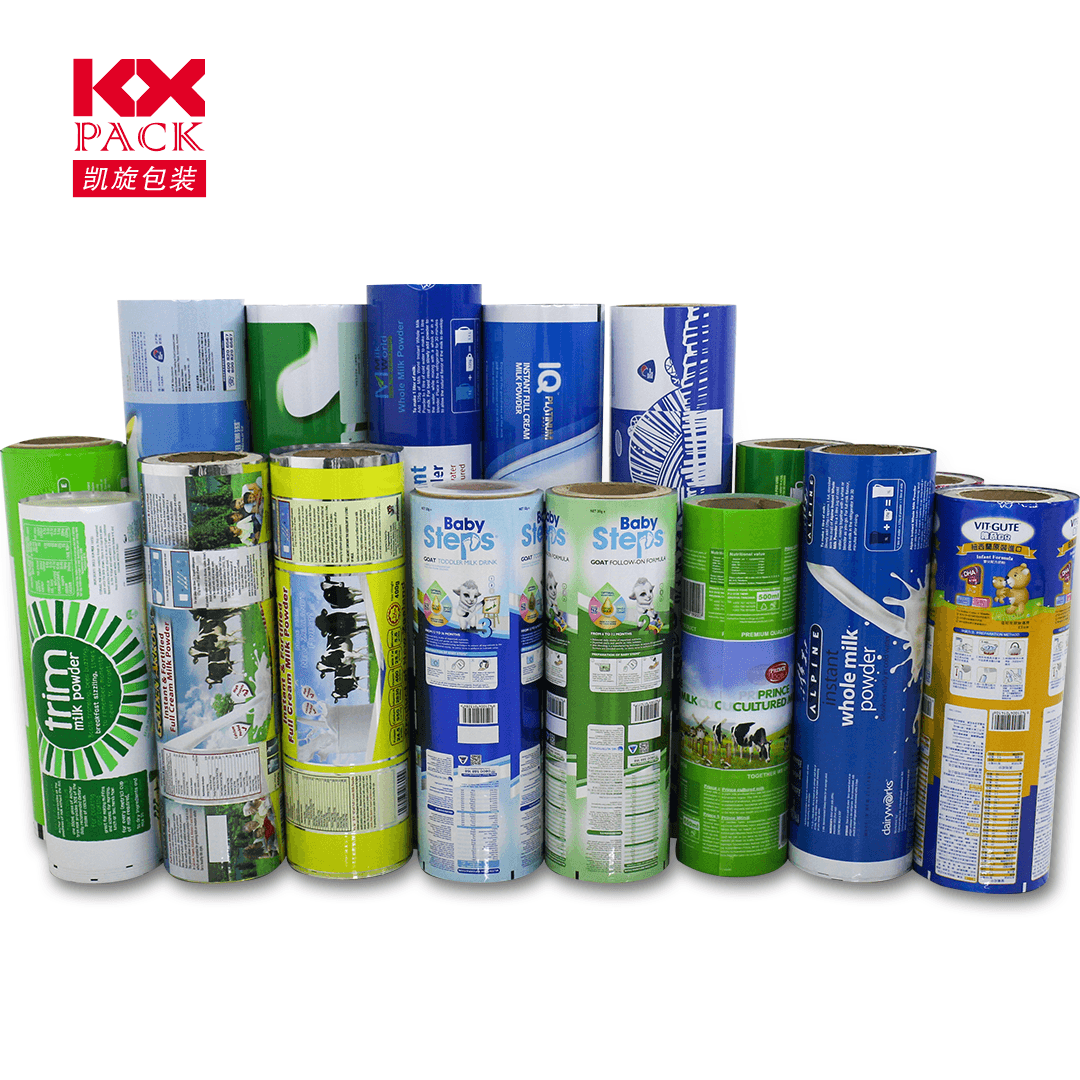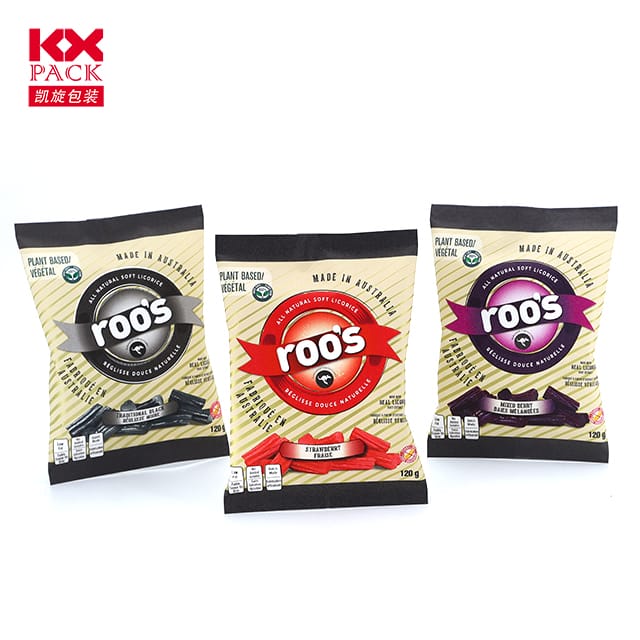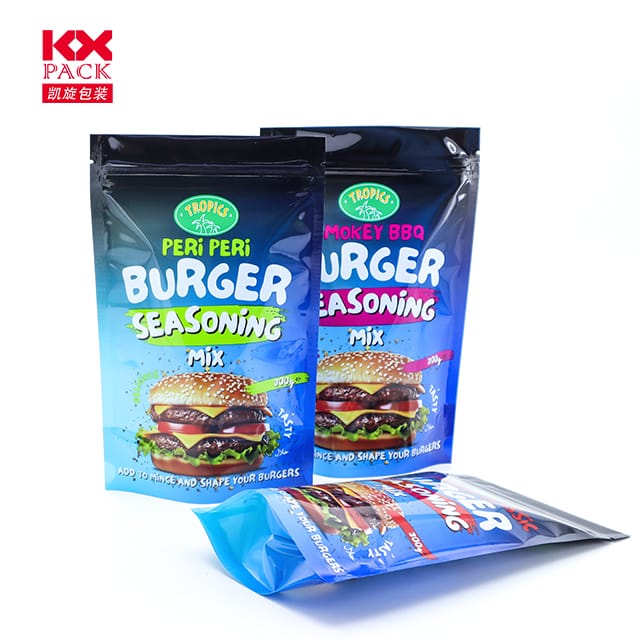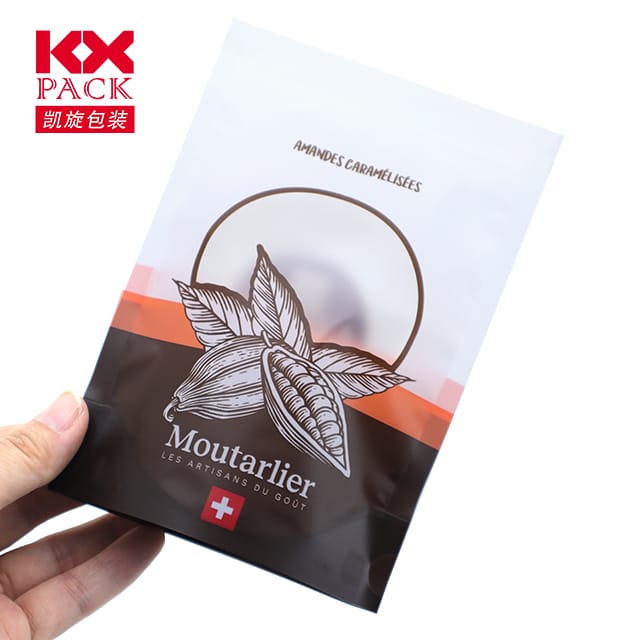Explorant el món divers dels tipus de pel·lícules envasos flexibles: Una guia completa
Tipus de pel·lícules d’envasament flexibles
Al mercat de consum ràpid d’avui, flexible packaging films have become indispensable for preserving freshness, ampliant la vida útil, i millorar la crida del producte. Des de berenars i begudes fins a productes farmacèutics i electrònica, Aquests materials versàtils s’adapten a innombrables aplicacions. Però amb tantes opcions disponibles, Com trieu el tipus adequat per a les vostres necessitats? Let’s dive into the most commonflexible packaging film types, their properties, and ideal use cases.
1. Polyethylene (PE) Pel·lícules: The All-Purpose Champion
Polyethylene is one of the most widely used materials in flexible packaging due to its affordability, flexibilitat, and moisture resistance. It comes in three primary variants:
- Polietilè de baixa densitat (LDPE): Soft and transparent, LDPE is perfect for food bags, shrink wrap, and lightweight packaging.
- High-Density Polyethylene (HDPE): Stronger and more rigid, HDPE is ideal for heavy-duty applications like grocery bags, detergent pouches, and industrial liners.(Tipus de pel·lícules d’envasament flexibles)
- Linear Low-Density Polyethylene (Llde): Combines the best of both worlds with enhanced puncture resistance and stretchability, making it great for frozen foods and agricultural films.
Best for: Everyday consumer goods, fresh produce, and moisture-sensitive products.
2. Polipropilè (PP) Pel·lícules: Clarity and Strength Combined
Polypropylene films are known for their excellent optical clarity, heat resistance, i propietats de barrera. They come in two main forms:
- Polipropilè orientat biaxialment (BOPP): This stretchable, glossy film is a top choice for snack packaging, etiquetes, and laminates due to its high tensile strength and printability.
- Polipropilè fosa (CPP): Softer and more heat-sealable than BOPP, CPP is often used in food wrappers, medical packaging, and textile coatings.
Best for: High-visibility packaging, microwaveable foods, and products requiring a premium look.
3. Polyester (PET) Pel·lícules: Durable and Barrier-Enhanced
Polyester films, particularlybiaxially oriented polyethylene terephthalate (Anar amb compte), offer exceptional strength, chemical resistance, and gas barrier properties. They’re often laminated with other materials to create multi-layer structures.
Key features:
- High tensile strength
- Resistance to oils, àcids, and UV light
- Excellent oxygen and moisture barrier when combined with coatings or aluminum foil
Best for: Beverage bottles, Embalatge de cafè, electronics, i farmacèutics.
4. Polyamide (Niló) Pel·lícules: Flexibility Meets Puncture Resistance
Polyamide films, tal comniló 6 or nylon 6,6, are prized for their toughness and ability to withstand repeated flexing without tearing. They’re frequently used in vacuum packaging and retort pouches (for sterilized foods).
Key features:
- High puncture resistance
- Excellent oxygen barrier properties
- Heat-resistant for retort processes
Best for: Meat packaging, formatge, ready-to-eat meals, and medical devices.
5. Aluminum Foil Laminates: Ultimate Barrier Protection
When ultimate protection against light, oxigen, and moisture is required, aluminum foil is laminated with other films (P., PE, PET, or PP). This creates a lightweight yet impermeable barrier.
Key features:
- 100% opacity (blocks light)
- Superior gas and aroma barrier
- Heat-sealable for airtight packaging
Best for: Coffee, spices, productes farmacèutics, and sensitive electronics.
6. Pel·lícules biodegradables i compostables: Eco-Friendly Alternatives
With sustainability in focus, biodegradable films made fromàcid polilàctic (PLA), starch blends, ocellulose-based materials are gaining traction. These films break down naturally under specific conditions, reducing plastic waste.
Key considerations:
- Check certification standards (P., OK Compost, ASTM D6400).
- Performance may vary in terms of strength and barrier properties.
Best for: Single-use packaging, organic foods, and eco-conscious brands.
How to Choose the Right Flexible Packaging Film
- Assess product needs: Consider factors like shelf life, sensitivity to light/oxygen, and required durability.
- Evaluate environmental goals: Opt for recyclable, biodegradable, or compostable options if sustainability is a priority.
- Review manufacturing processes: Some films require specialized equipment for sealing or printing.
- Test performance: Conduct trials to ensure the film meets your quality standards under real-world conditions.
Pensaments finals
The world offlexible packaging film types is vast, but understanding the strengths of each material can help you make informed decisions that balance cost, realització, i la sostenibilitat. Whether you’re packaging a crunchy snack or a delicate medical device, there’s a film designed to meet your exact requirements.
What’s your biggest challenge when selecting packaging films? Comparteix els teus pensaments als comentaris següents! 🌍📦
Keywords: flexible packaging film types, polyethylene film, polypropylene film, PET film, biodegradable packaging







